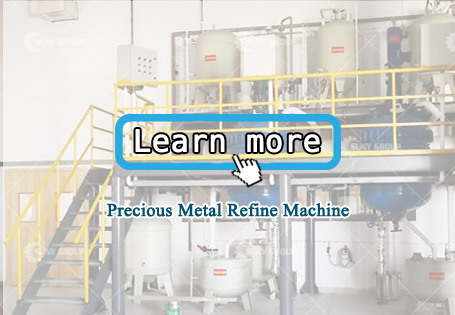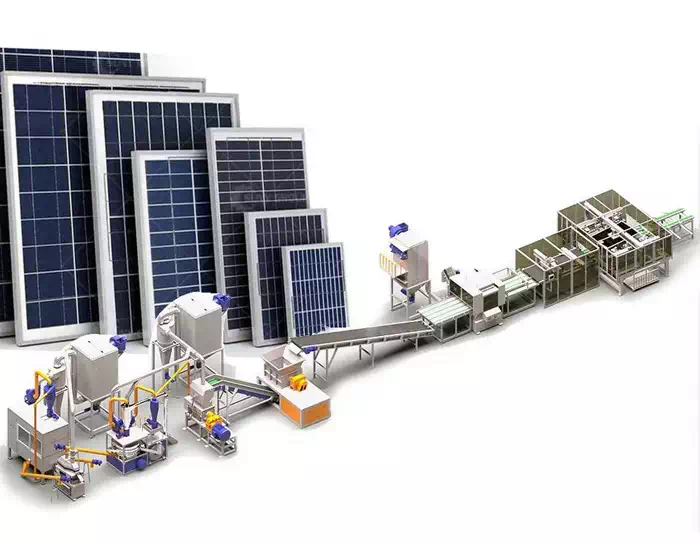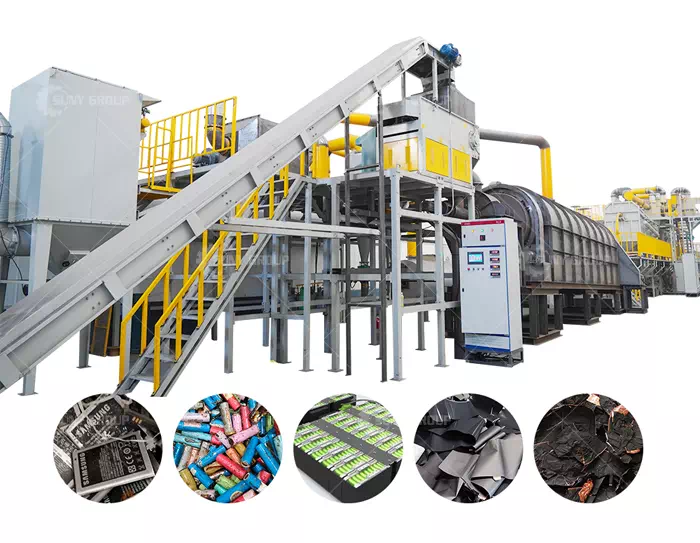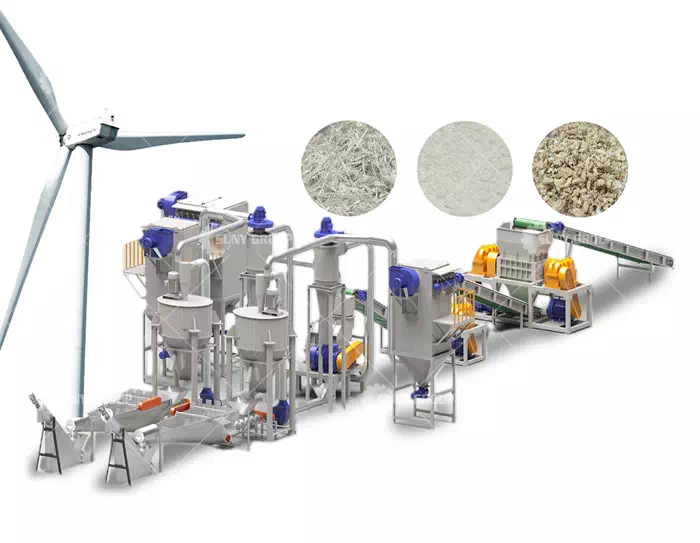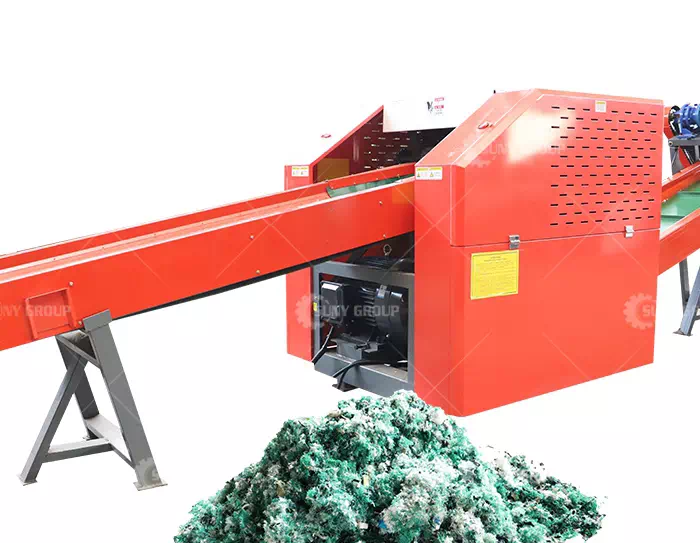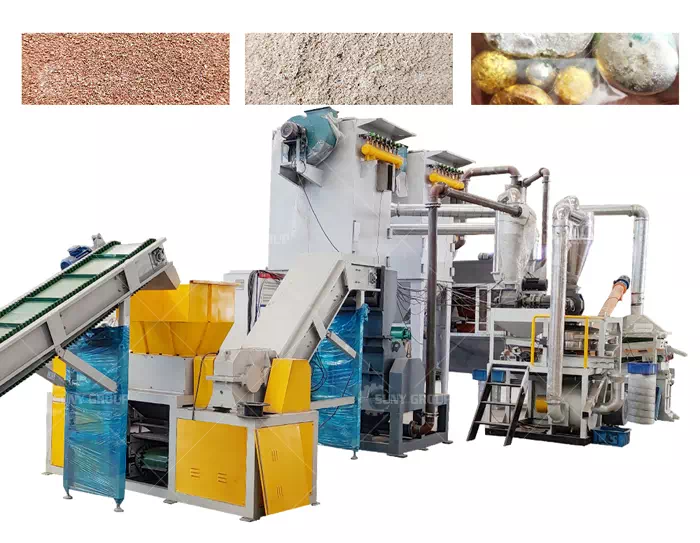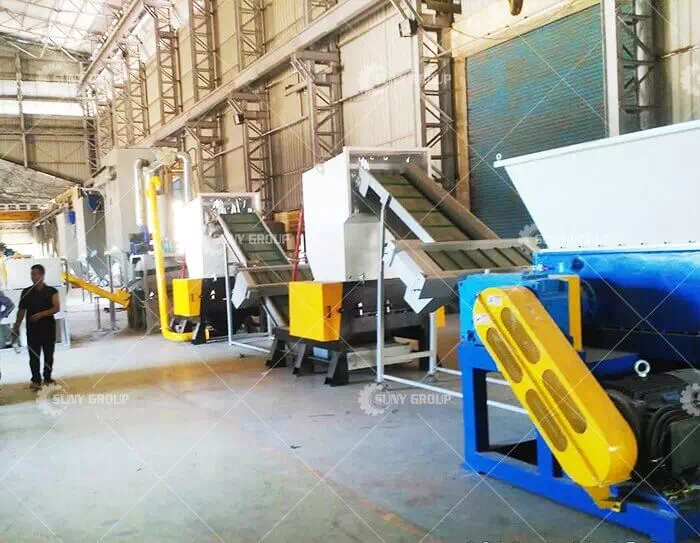How to extract and recycle precious metals in waste circuit boards?
Waste circuit boards can be recycled, and PCB circuit board plating waste liquid has greater recycling value. Investment in comprehensive utilization of PCB circuit board plating waste liquid can save money and reduce costs. The comprehensive utilization of pcb plating waste liquid is not only to reduce the loss caused by discharge, but also very meaningful from the perspective of preventing pollution and reducing the cost of sewage treatment.
1. Silver recycling
Silver is also one of the precious metals. The recovery method of silver in waste liquid is as follows:
Adjust the pH value of the waste liquid to 8-9 with 20% sodium hydroxide, and then add sodium sulfide solution to form silver sulfide precipitation;
(1) 2Ag+Na2S==Ag2S↓+2Na+↓
(2) Wash the silver sulfide precipitate with water until there is no residual sodium sulfide. After filtering off the water, put the silver sulfide in the crucible, heat it to 800-900 °C for desulfurization, and take it out for cooling.
(3) With 100 parts (weight) of silver slag, add 10 parts of borax and 5 parts of sodium chloride, stir and then use a crucible to burn to crude silver.
(4) Dissolve the crude silver with nitric acid to make it a silver nitrate solution, decolorize with activated carbon, and filter.
(5) Concentrate the filtrate until silver nitrate crystals are precipitated, then switch to suction filtration to make all the silver nitrate crystals precipitate and suck dry. Finally, the crystallized silver nitrate is dried in a desiccator and can be used. If the purity of the obtained silver nitrate is not high, the purity can be improved by multiple crystallization.
2. Recovery of palladium
Palladium is also one of precious metals, and the recovery method of palladium in waste liquid is as follows:
In the palladium-containing waste liquid, concentrated ammonia water is added to make the palladium completely covered by ammonia chromium, then concentrated hydrochloric acid is added to form the precipitation of dichlorodiamino palladium salt, which can be sold as a chemical raw material after filtering and cleaning.
3. Recovery of nickel
In the nickel-containing waste liquid, add sulfuric acid, adjust the pH value of the solution to 2-3, and filter out insoluble impurities. Then heat and concentrate, and crystallize at below 30°C for more than 48 hours. Obtained crude nickel sulfate. The filtrate is recycled. Crude nickel sulfate is recrystallized to remove impurities. Finally, adjust the pH to 2-3 with chemically pure sulfuric acid. Evaporate the solution to 50-52Be° with a titanium evaporator. After 48 hours of natural crystallization in a dust-free room below 30°C, refined nickel sulfate is obtained. Place the refined crystalline nickel sulfate in a plastic drain basket with pitted holes. Drain for 5-10 days in a ventilated and clean place, and then check the package.
4. the recovery of copper
(1) Recovery of copper from chelate-free copper-containing waste liquid.
Add excess iron filings to the copper-containing waste liquid, control the temperature of the solution to 30-50 ° C, and react for about 1 hour. After the reaction is completed, take out the iron filings, filter, wash and dry the replaced copper to obtain metallic copper powder. more than 99%.
(2) Recovery of copper from copper waste liquid containing chelating agent.
In the copper-containing waste liquid, adjust the pH value to above 11, add calcium hydroxide exceeding the amount of copper ions, and stir the solution at the same time to generate copper hydroxide precipitation, filtration, washing and precipitation. An appropriate amount of sulfuric acid was added to the precipitate, and then evaporated to crystallize. The crystals are taken out and dried to obtain copper sulfate crystals.
5. Gold recovery
Gold is the most chemically stable metal. It has good decorative properties, corrosion resistance, abrasion resistance, discoloration resistance and high temperature oxidation resistance, as well as low contact resistance and excellent brazing properties. Because it is produced in very small quantities, when utilizing it, consider how to maximize its properties with the least amount.
Recycling process:
(one),
(1) the gold-containing waste liquid is heated to 80-90 ℃, and the ferrous chloride solution is slowly added under constant stirring, and the reaction is as follows;
Au3++3Fe2+==3Fe3++Au↓
With the continuous reduction of gold ions, the color of the solution gradually changed from yellow to red, and the gold powder sank to the bottom. Continue to add excess ferrous oxide solution and let stand for several hours. Take two drops of static stratification solution, add two drops of 1% red blood salt, it turns blue, indicating that the gold has been completely reduced. Pour off the supernatant liquid, suction filtration under reduced pressure, and the lower part is khaki-yellow gold powder precipitation.
(2) Pickling and water washing: add a 1:2.5 hydrochloric acid solution to the gold powder and boil, stir for 5 minutes, pour off the upper solution, repeat this for 3-5 times until no yellow color is present. Rinse the gold powder with distilled water several times until the pH value of the washed water is about 7
(3) Drying: place the washed gold powder in a drying box to dry to obtain orange sponge granular gold slag.
(4) Solution casting: Put the gold powder in a quartz crucible, heat it to about 1200°C in a high-temperature tubular electric furnace, and pour it into a graphite mold to cast it into a gold ingot after melting. If the gold powder is not dull, borax can be added when melting, but it is not suitable to use a quartz crucible, and the gold powder can be cast in a graphite crucible.
(two),
Under good ventilation conditions, pour the waste gold plating solution into the porcelain dish, heat and evaporate to a viscous state, dilute with five times distilled water, and add ferrous sulfate acidified with hydrochloric acid under constant stirring until no more precipitation occurs. . Gold appears as a black powdery precipitate on the bottom of the porcelain dish. The precipitate was boiled first with hydrochloric acid, then with nitric acid, then washed and dried. It is better if it can be calcined at 700-800 ℃ for 30 minutes.
(3) Under good ventilation conditions, use hydrochloric acid to adjust the pH of the waste gold plating solution to about 1. Heat the solution to 70-80℃ and add zinc powder under constant stirring until the solution becomes transparent yellow-white and a large amount of gold powder is precipitated. During this process, keep PH=1 or so. The processing method thereafter is the same as (2).
(4) Removal of the unqualified gold coating, the unqualified gold coating should be re-plated as much as possible, and it should be removed only when it cannot be rescued. The unqualified gold plating layer of PCB can be removed by alkaline solution containing cyanide 50-60g/l. This gold stripping solution has a fast stripping speed and does not damage the nickel matrix. The amount of molten gold can reach 25g/l. The nickel plating after the gold stripping at an operating temperature of 30-50 °C can continue to be gold-plated.
Recommend products
CONTACT US:
If you have any requirement or suggestion, please fill in the form and send to us, thanks!E-mail:sunymachine@gmail.com | Whatsapp:+8613674945231


